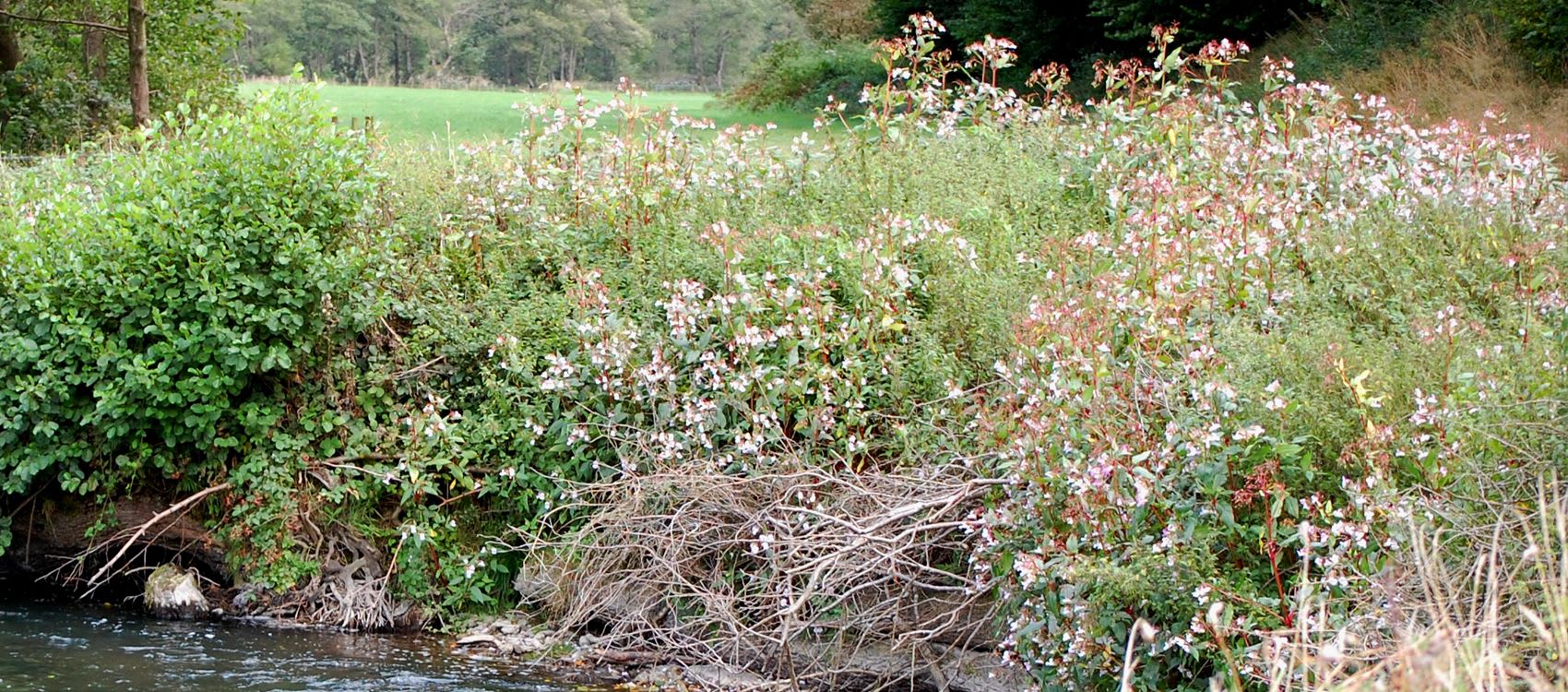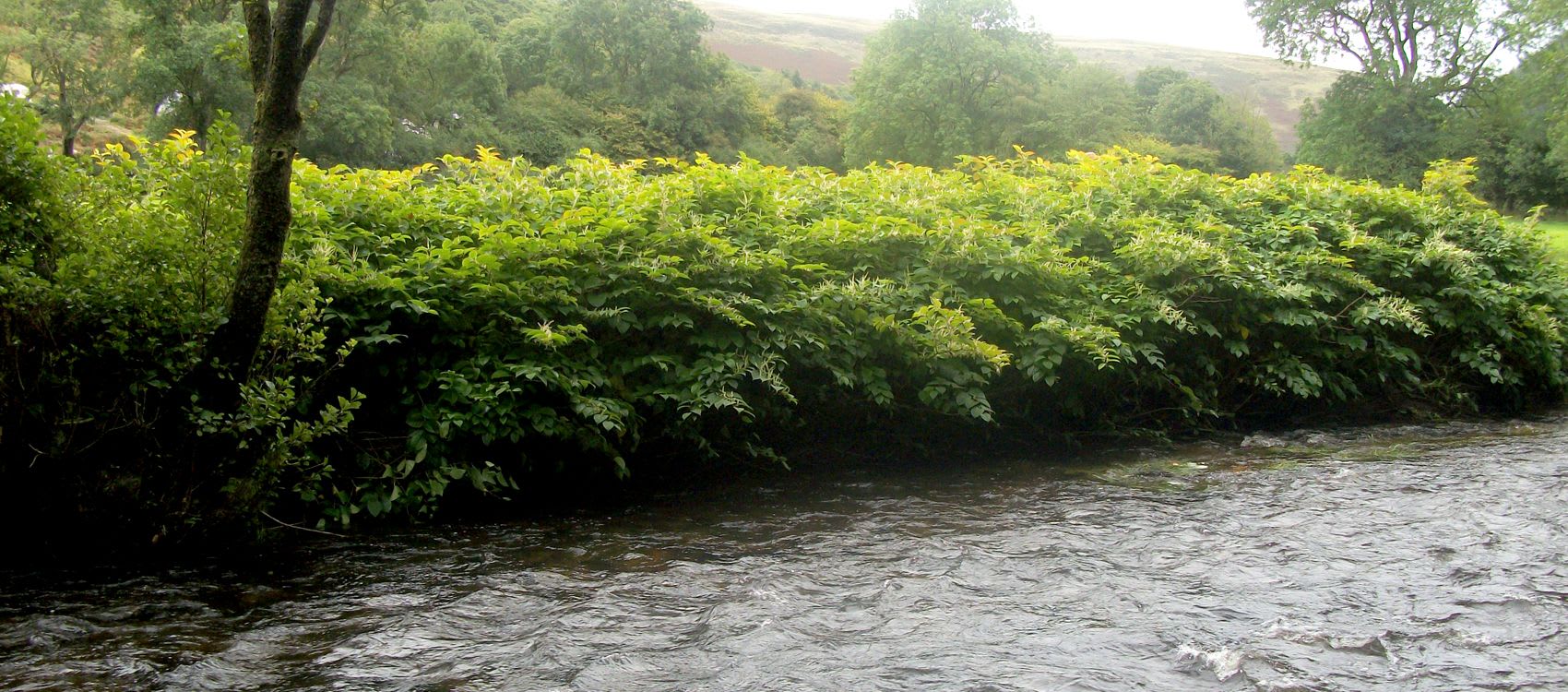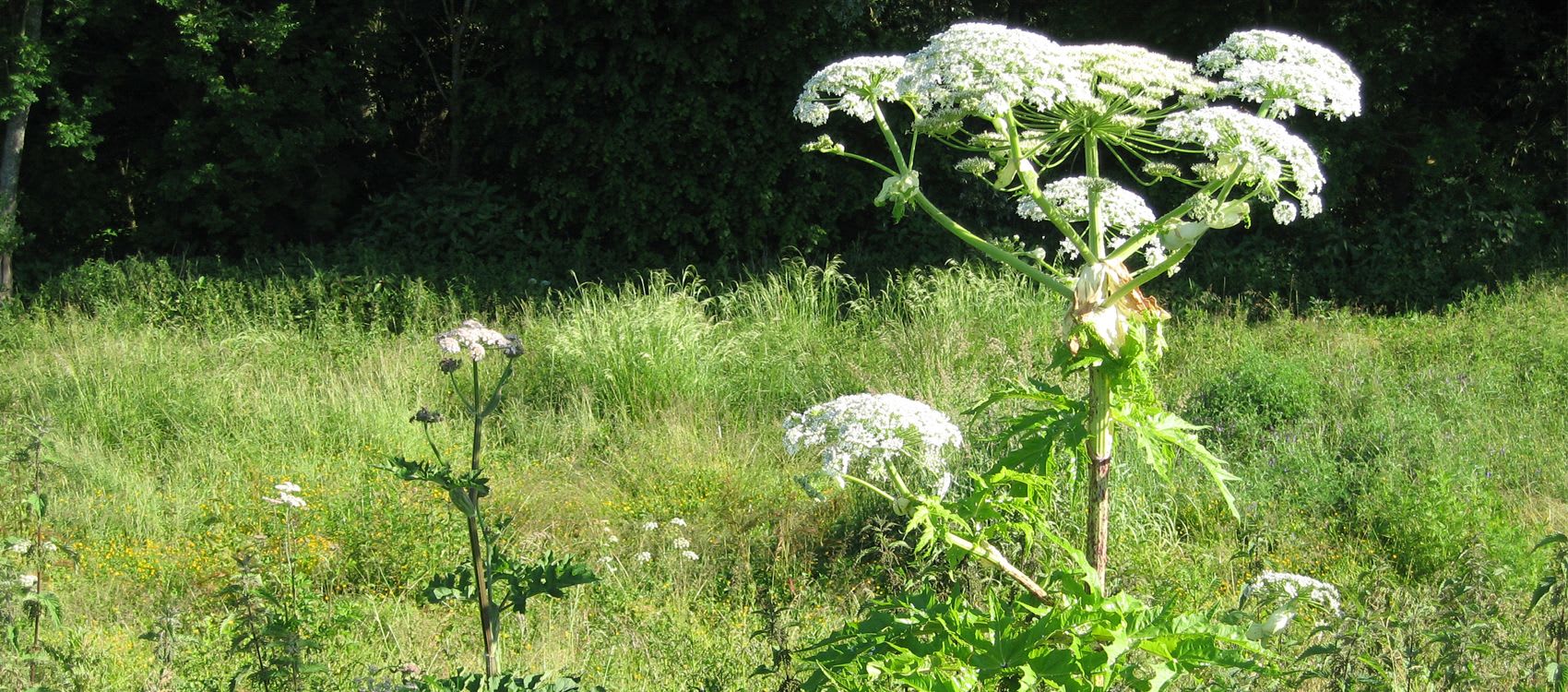The sources of river litter In 2004 the Foundation organised three river clean-ups, two on the upper River Wye and one on the Usk. In partnership with Keep Wales Tidy and volunteers groups (including canoeists), we cleared the unsightly litter that is all-too-often deposited on the banks and hangs from trees of both rivers after […]

Gaining the support of farmers is crucial for our Catchment Advisors. It is the first step in ensuring that any measures they recommend to improve rivers are taken up. For the best chance of this happening, anything we recommend needs to benefit the farmer’s business too. Frequently, we are asked how much a measure such […]

Starting in August 2018 and funded by Welsh Government’s Sustainable Management Scheme, WISE is the latest of our projects working with farmers to protect and enhance natural resources in a way that benefits agricultural businesses, rivers and the wider community. The project is in partnership with Severn Rivers Trust and will involve areas such as […]

Some facts about Himalayan balsam: Arrived UK in 1839. Annual – grows 2m typically on river banks. Suffocates native plants if unchecked. Disperses approx. 800 seeds which can last 2 years. Can be treated by spraying, pulling or cutting. It has very poor root growth so causes increased erosion to river banks when it dies […]

Japanese Knotweed facts: Arrived in UK (South Wales) late 19th century. 2 – 3m height but spreads 7m horizontally. Perennial Rhizome. Edible (the early shoots!). Female only in UK but can Hybridise with Himalayan Knotweed. Can be spread via small cut pieces. Estimated to cost £1.56 billion to eradicate in UK (2007). Significant issue for […]

The photo above shows Giant Hogweed on the right in comparison to our native Common Hogweed (Heracleum sphondylium) on the left. Giant Hogweed facts: Perennial – grows 5-7m. Member of parsley family. Arrived in UK 1893 from Caucasus. Sap causes serious rashes when skin exposed to sunlight. Can cause blindness. Can be controlled by spraying, grazing, cutting or digging- up. […]